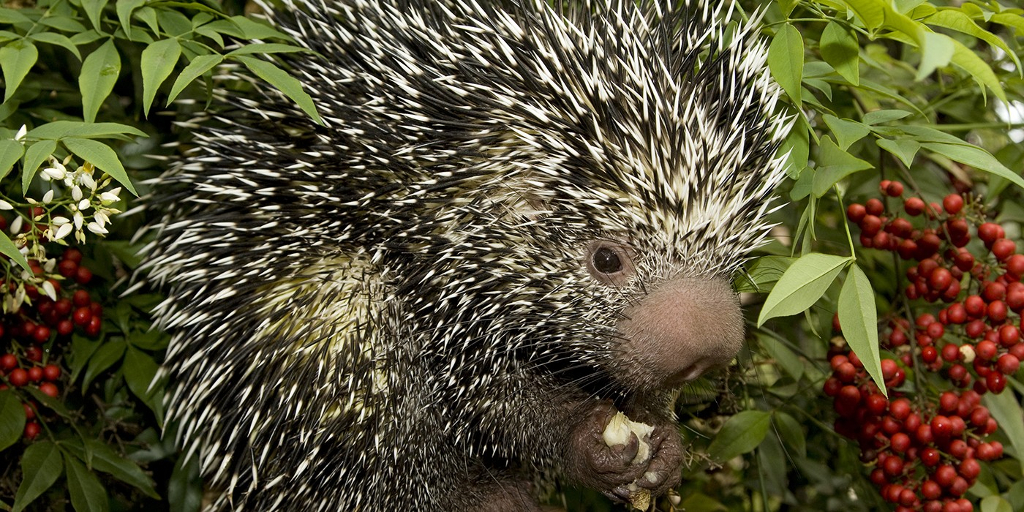The Smithsonian’s National Zoo welcomed their second porcupette during the night of January 3-4.
The newborn porcupette is a “prehensile-tailed porcupine,” and the second baby of the Zoo’s beloved couple Beatrix and Quillbur.
Keepers at the Zoo are now wondering whether the new baby “will take after mom, who is easy-going, or be more active and curious like dad.”
Prehensile-tailed porcupines, which have short, thick quills, are one of the 12 species of New World porcupines. Their body color ranges from yellowish to black.
❤️🦔 Lookin’ sharp, kid! Prehensile-tailed porcupines Beatrix + Quillbur recently welcomed their second porcupette overnight Jan. 3-4. All are doing well! Our team looks forward to seeing if the newborn will take after mom, who is easy-going, or be more active + curious like dad! pic.twitter.com/SV9RaSkGjd
— National Zoo (@NationalZoo) January 19, 2022
The species is native to South America, especially the forests of Venezuela, Guiana, Brazil, Bolivia, Paraguay, Trinidad, and northern Argentina, where they live in trees and eat fruits, according to the Zoo.
They also eat leaves, flowers, shoots, and the layer beneath the bark of some trees, but zookeepers feed biscuits, root vegetables, nuts and greens to them. They live up to 17 years in human care.
Normally, it could take up to six months to determine a prehensile-tailed porcupine’s sex, because its sexual organs are internal. However, the National Zoo analyzes DNA extracted from a quill to instantly determine the sex.

